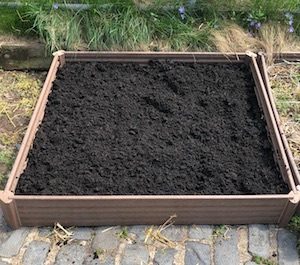
The Spring Gardener
Spring has finally sprung in New Jersey. Yellow daffodils are the first to bloom and can instantly brighten your mood. The aromatic scent of hyacinths is simply spellbinding, while delicate pansies nestle gracefully in flowerpots to welcome visitors. For gardeners, spring is the season to plan, prep, and plant. Whether you are a beginner gardener or have developed a green thumb over the years, below are some helpful tips to start gardening this spring.
The Power of Mulch
I cannot stress the importance of using mulch in your garden. Even with mild temperatures, the sun’s rays can dry out the soil, leaving your plants in distress. To prevent this from happening, spread an even layer of mulch around your plants. Mulch also acts as a safety barrier, as it prevents fallen leaves from touching the soil, thus avoiding contamination.
Note: The biggest mistake amateur landscapers make is “over-mulching.” I see countless trees with volcano-shaped trunks of mulch piled on. Trees need to spread out their roots and over-mulching prevents that from happening.
Write it Down
Plan what you want to grow for the spring and summer months. That way when you go shopping at the garden center, you’ll know exactly what plants/vegetables you need. Set a budget for how much you want to spend on plants. Keep in mind that seeds are inexpensive and are a great way for kids to see the growth of a seed to its maturity.
Switch It Up
Avoid planting the same vegetables in the same garden bed. This will deplete the soil over time. Instead, try containers/flowerpots to plant your veggies. It’s important to have good drainage when using flowerpots and only use potting soil. Regular soil is too compact for containers.
This year, I plan to sow only flowers that are great for pollinators in my raised garden beds.

With gardening comes a lot of trial and error. You’ll learn what areas in your yard or patio get the best sun and what plants will do best in the shade. Container gardens are practical and easy to manage. Not to mention fewer weeds to remove. The best part of gardening is to watch your plants thrive. Keep a garden journal documenting your plants’ journey, water schedule, time of harvest, any pests or unforeseen droughts, and plant loss. Take pictures of your garden to use as a reference for next year’s planting. And most of all, enjoy the beauty of what you grow.
Happy Gardening!